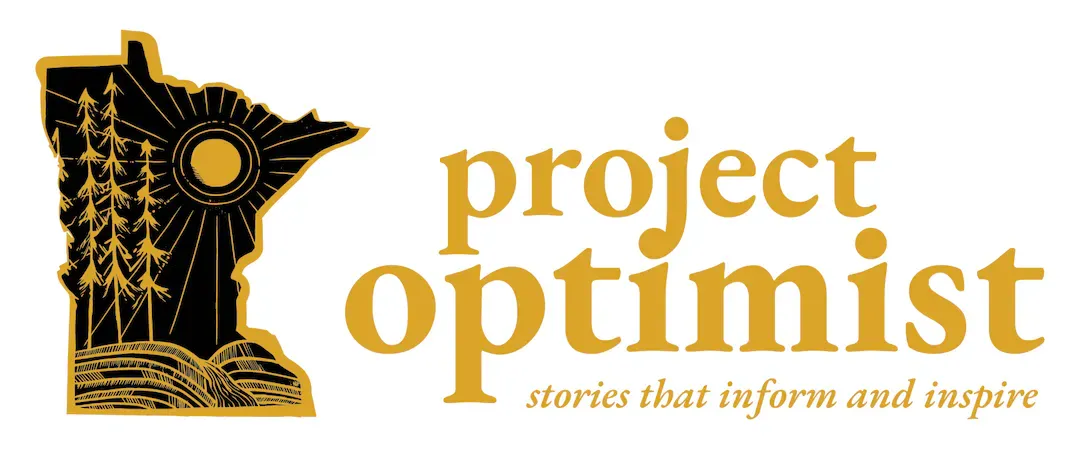Community Voices ⎸ Project Optimist staff plan for the end — and it feels good
Life goals: Complete health care directives, draft a will, and enroll in life insurance in 2025.
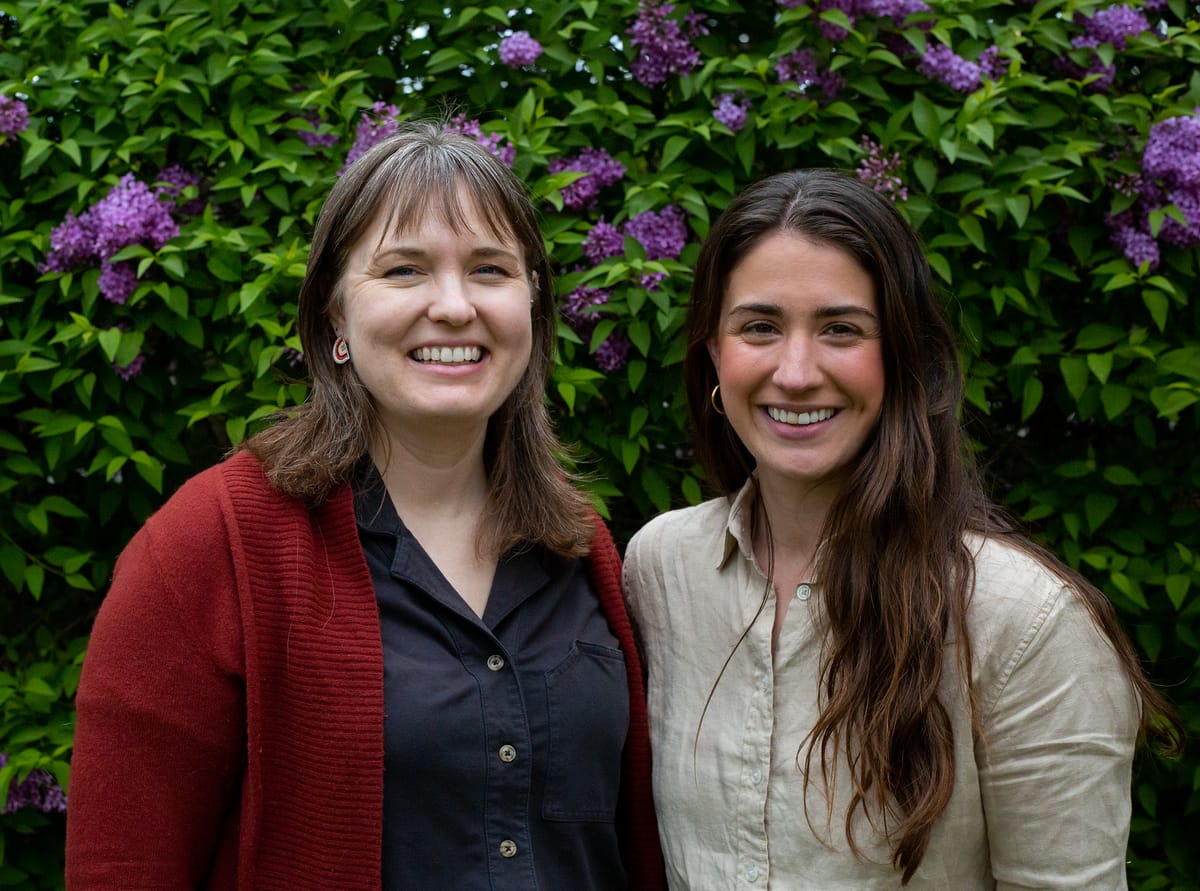
Visual Storyteller Erica Dischino and Executive Director Nora Hertel will share their journey in 2025 as they “get their affairs in order.” Both have landmark birthdays.
Nora turns 40 and feels behind on these tasks, but, well, adulting is hard. Erica turns 30 and participates to model that it’s really not so painful. They plan to end the year with advance directives (AKA health care directives), wills, and life insurance.
We have prizes for folks who join us on this journey. Email jen@projectoptimist.news if you’re up for it!
Follow along here for an update on their progress each month in 2025. And subscribe to the Project Optimist newsletter for stories about end-of-life planning and how it’s different for different communities and faith groups.
June 24, 2025
• "Community makes end-of-life planning (almost) as easy as riding a bike" by Erica Dischino
• "Milestone birthday puts end-of-life planning into perspective" by Nora Hertel
May 27, 2025
• "My money is harder to face than my mortality" by Nora Hertel
• "What about the cats?" by Erica Dischino
April 28, 2025
• "But make it a poem: End-of-life planning updates as limericks" by Erica Dischino
• "Poems make life insurance fun, right?" by Nora Hertel
April 1, 2025
• "Answer humanity's ultimate question … no pressure!" by Erica Dischino
• "No tears here" by Nora Hertel
Feb. 25, 2025
• "Find humor in the process" by Erica Dischino
• "I want to feed the flowers" by Nora Hertel
Jan. 28, 2025
• "We start this major adulting challenge" by Erica Dischino
• "One step down, more to go" by Nora Hertel
Project Optimist's End-of-Life series is supported by a grant from the Morgan Family Foundation.
Sign up for Project Optimist's newsletter
Solution-focused news, local art, community conversations
It's free. No spam. Unsubscribe anytime.
June 24, 2025
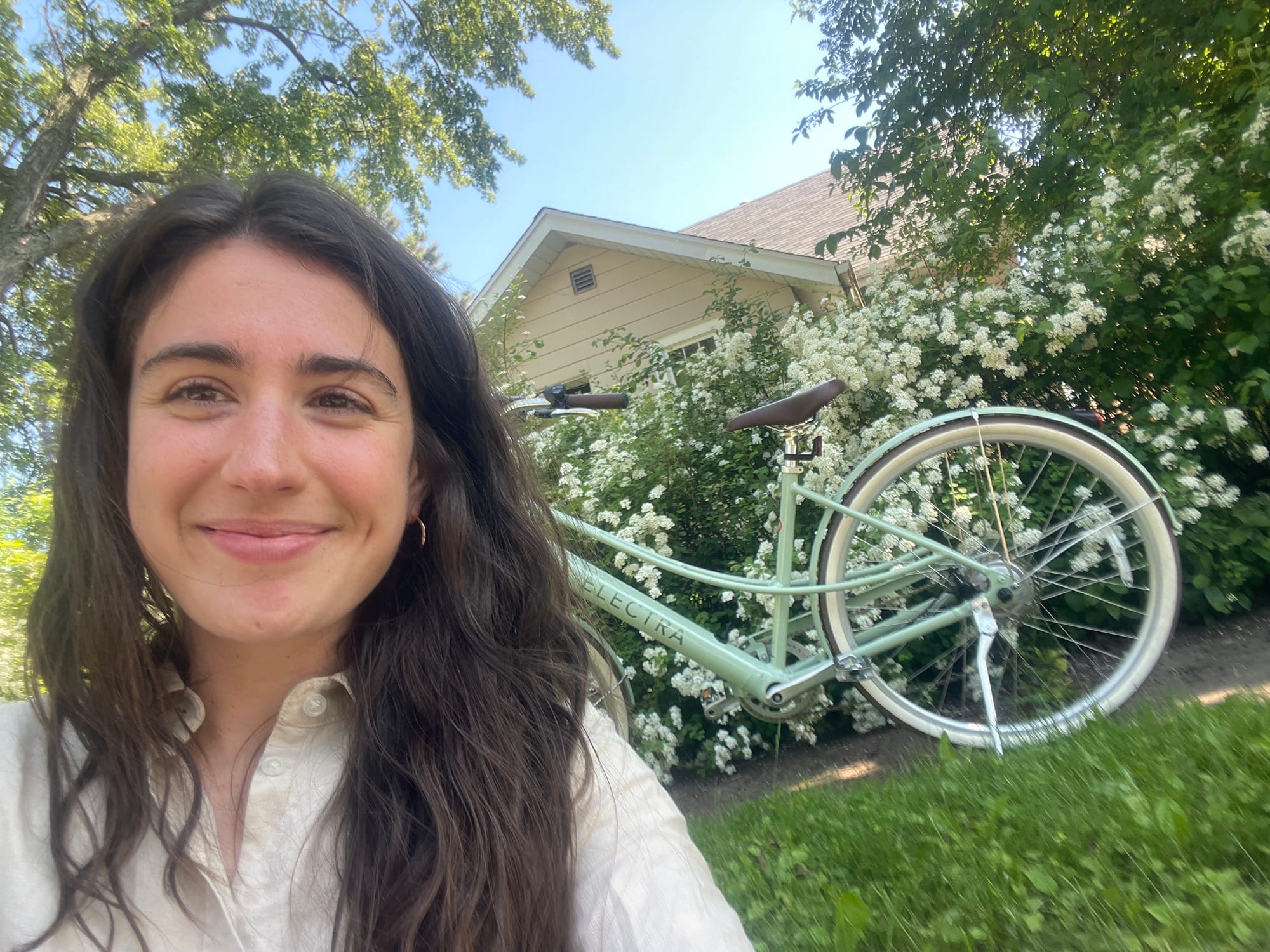
Community makes end-of-life planning (almost) as easy as riding a bike
By Erica Dischino
Project Optimist
I celebrated my 30th birthday a few weeks ago. My family surprised me with an electric bike. I was so overjoyed. Living in Duluth, the hills can be pretty steep to ride on. Having that extra assist is a game-changer. I’m able to ride up an incline with ease.
But one of the biggest hills I have to face is creating an end-of-life plan. They don’t have an electric battery for that, unfortunately. Luckily, the Project Optimist team and I are moving through this process together. I already made an advance health care directive. Now, I’m working on my will.
Nora, our founder and executive director, sent over a resource that was helpful called freewill.com. So far, I’ve been able to fill out my last will and testament in a streamlined way. I can even upload the advance care directive that I finished a few months ago.
There are lots of decisions to make, but I know I can make it one push at a time. I have a template and I know what’s in store. What helps even more is having the Project Optimist team keep me in check.
This new bike has brought a lot of freedom. I’m able to get to places faster and easier than I have before.
Being 30 years old now, I’m cherishing my community. They are my battery assist. With the people in my life, I face my hills with confidence knowing that I can get there with their support.
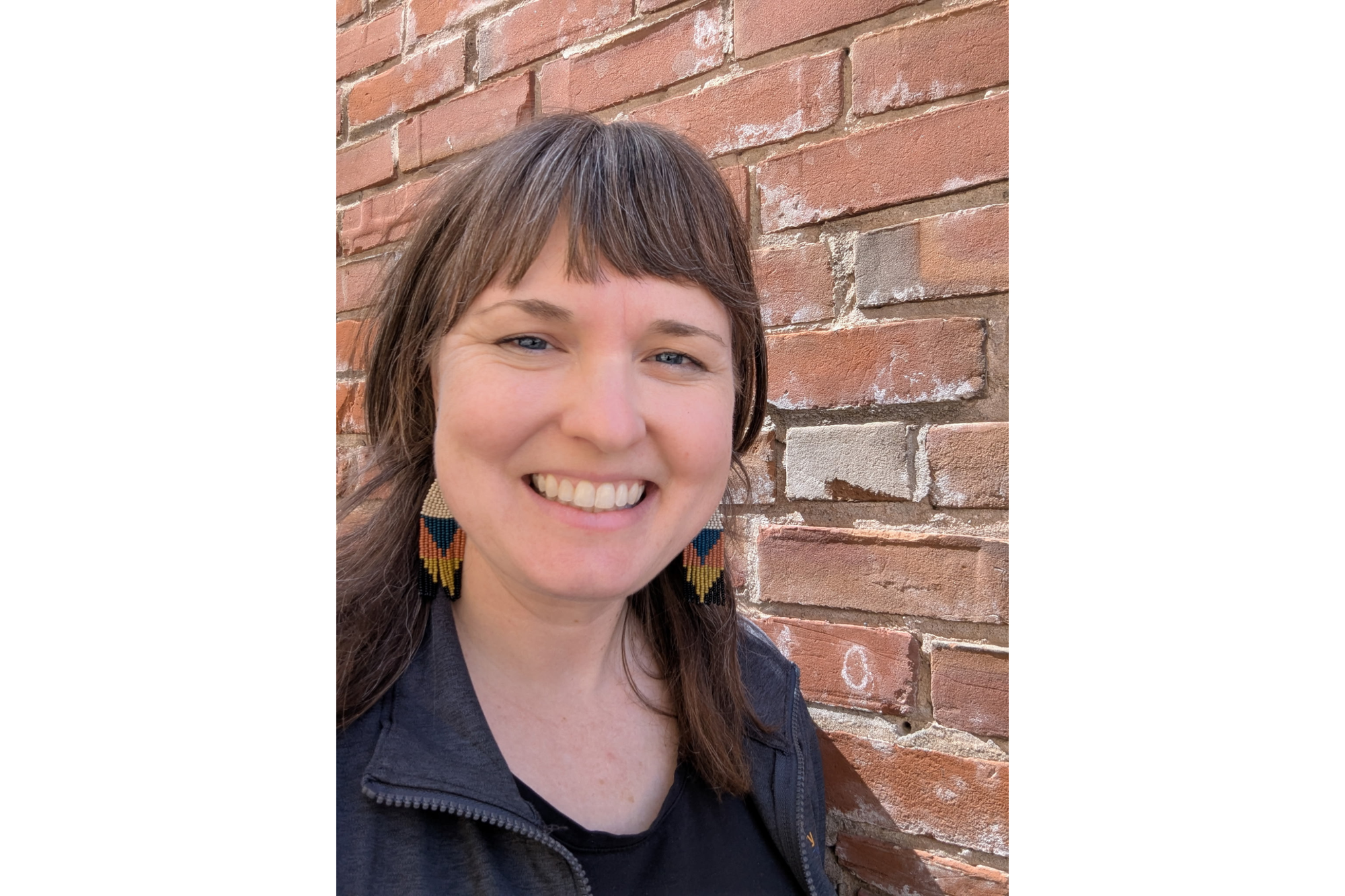
Milestone birthday puts end-of-life planning into perspective
By Nora Hertel
Project Optimimst
I banned black balloons and fake headstones from my 40th birthday party this month. Instead of over-the-hill jokes, my family and friends showed up with thoughtful cards and big hugs. I met them with homemade desserts. It was a good day.
I reflected on the responsibility I feel at 40, as a parent and a news entrepreneur. I felt – dare I say that I'm nearly — self-actualized, that I'm living my best life.
Then I did some more work on my last will and testament and reviewed my financial assets.
 Project OptimistJen Zettel-Vandenhouten
Project OptimistJen Zettel-Vandenhouten
Boy, do I have more to learn and, frankly, more to earn.
I do not have much yet for my retirement or for my family when I pass away. I have a solid life insurance plan, but not much else. I cashed out my first retirement account in my 20s to help me through a career transition. Then I entered the not-so-lucrative field of journalism. And here I am, somewhere between living my dreams and a well-planned death.
Now I’ve completed my will, including back-up guardianship for my kiddo. I still need to sign it and make copies to keep alongside my health care directive. Then I'll consider it done until my next big birthday.
May 27, 2025

My money is harder to face than my mortality
By Nora Hertel
Project Optimist
Drafting my will feels like doing my taxes or applying for a loan. And honestly, I dislike doing all of those things.
I have to track down and list all my assets and my partner’s assets. And even though there aren’t many, I always worry I’ll forget something vital.
Then I decide who gets those assets if-slash-when I die. That part is easy – my partner, then my child.
But I haven’t finalized my will yet. It feels like a chore. And it is a chore. And it is an uncomfortable chore.
 Project OptimistJen Zettel-Vandenhouten
Project OptimistJen Zettel-Vandenhouten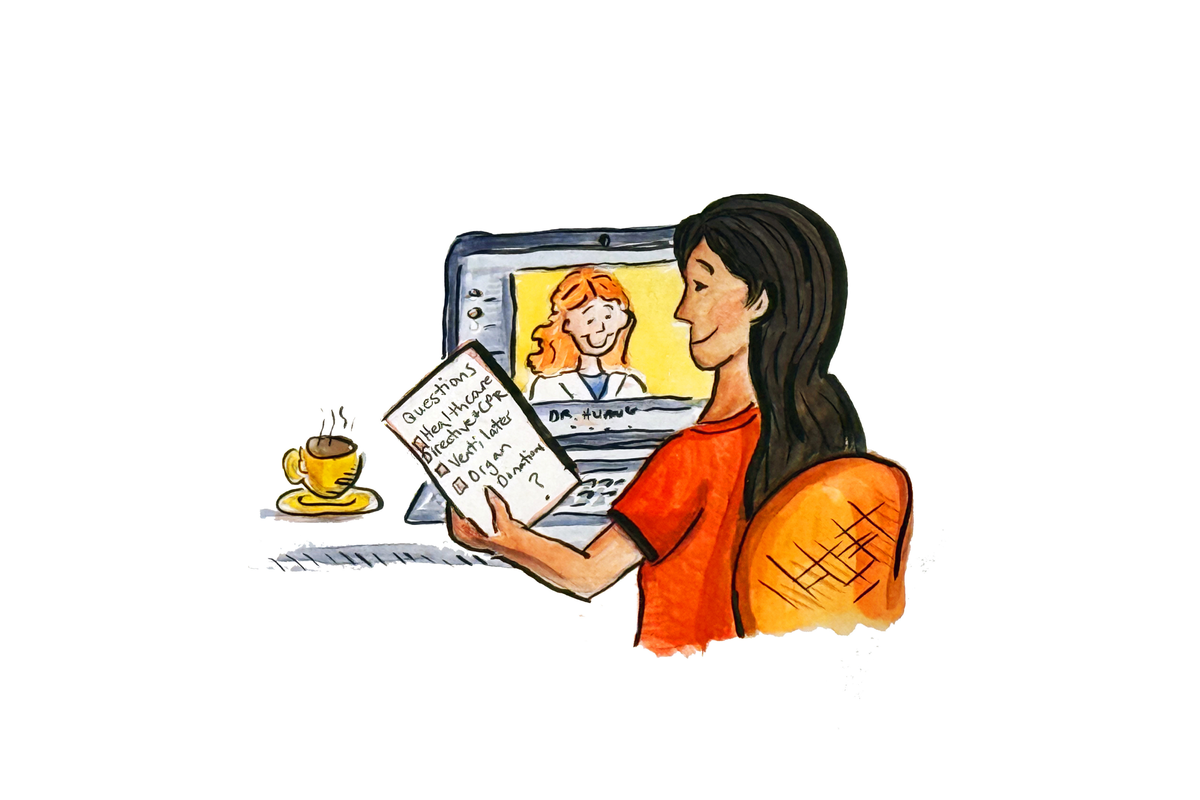
It’s not uncomfortable because I must consider my own death. It’s uncomfortable because I must consider my net worth. Gah, I even hate that phrase. As if anyone is genuinely worth more than anyone else.
I have made it a personal project to unpack my money hangups in the last couple years. But it’s complicated and emotional. And it’s worth it.
I’m going to set up some action steps and rewards to get my will to the finish line: update my assets, prize; share it with my partner, prize; sign it, prize. And the real bonus at the end – peace of mind.
If you’re wrapping up your will and want to celebrate with me, send me a note or a photo (nora(at)projectoptimist.news). It’s worth celebrating.

What about the cats?
By Erica Dischino
Project Optimist
My husband, Mack, and I took a belated honeymoon trip to Argentina in early May. We spent two weeks away from our home in northern Minnesota to visit the Patagonia region.
We went during their fall season which meant colder weather and potential snow. Our main agenda was hiking, so before we left for our trip we had a few things to sort out. Preparing for snow, ice, and steep rock scrambles was fairly simple. We brought chains for our boots, trekking poles, and made sure to pack a variety of layers.
That’s all we thought we needed until a few days before leaving Mack’s parents jokingly asked, “Who’s responsible for your cats if you don’t make it back from the mountains?”

Great question. Who is going to take care of our precious fur babies if we don’t make it out alive? And really, we didn’t have to travel all the way to Argentina for this to be a necessary question to answer.
Life is unpredictable. I have already made an advance health care directive. Now, it’s time to make a will. That way next time we pack our bags for a trip to the Southern Hemisphere, we’ve got an official document stating who will be in charge of cats if we don’t make it back.
Who knows… maybe Mack’s parents will be pleasantly surprised that they are inheriting three orange and white cats.
April 28, 2025
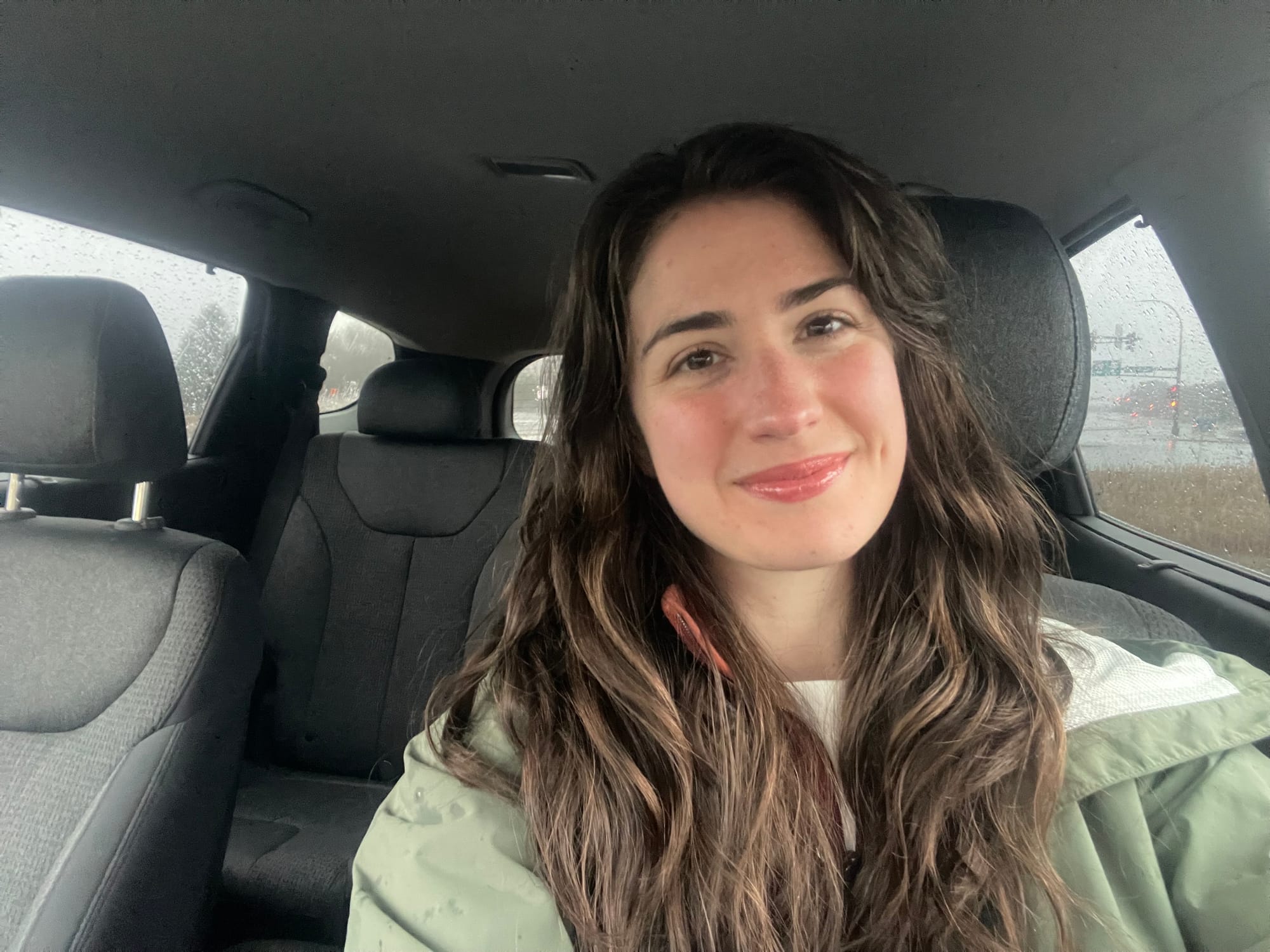
But make it a poem: End-of-life planning updates as limericks
By Erica Dischino
Project Optimist
Editor's note: These poems and posts are fully written by humans, without the aid of AI.
We’re almost at the end. Can you believe it? Last month, I filled out my health care directive after picking up the document from my doctor’s office and then talking about my end-of-life decisions with my loved ones. This month, I got my documents notarized and made copies to pass out to my primary health care provider and family members.
These last steps were probably the least exciting part. I was happy to complete the mundane tasks but, quite frankly, it really doesn’t make for an interesting story. So instead, here are a few limericks I wrote about these last steps I took. Enjoy!
A paper that lists what I want when I’m sick
Needed to get a stamp and a tick
I went downtown
To have it written down
And it happened unusually quick.
The paper was signed and the boxes were checked
A notary ensured the directive wasn’t wrecked
Copies were made
So the words don’t fade
Now everyone has time to inspect.
 Project OptimistNora Hertel
Project OptimistNora Hertel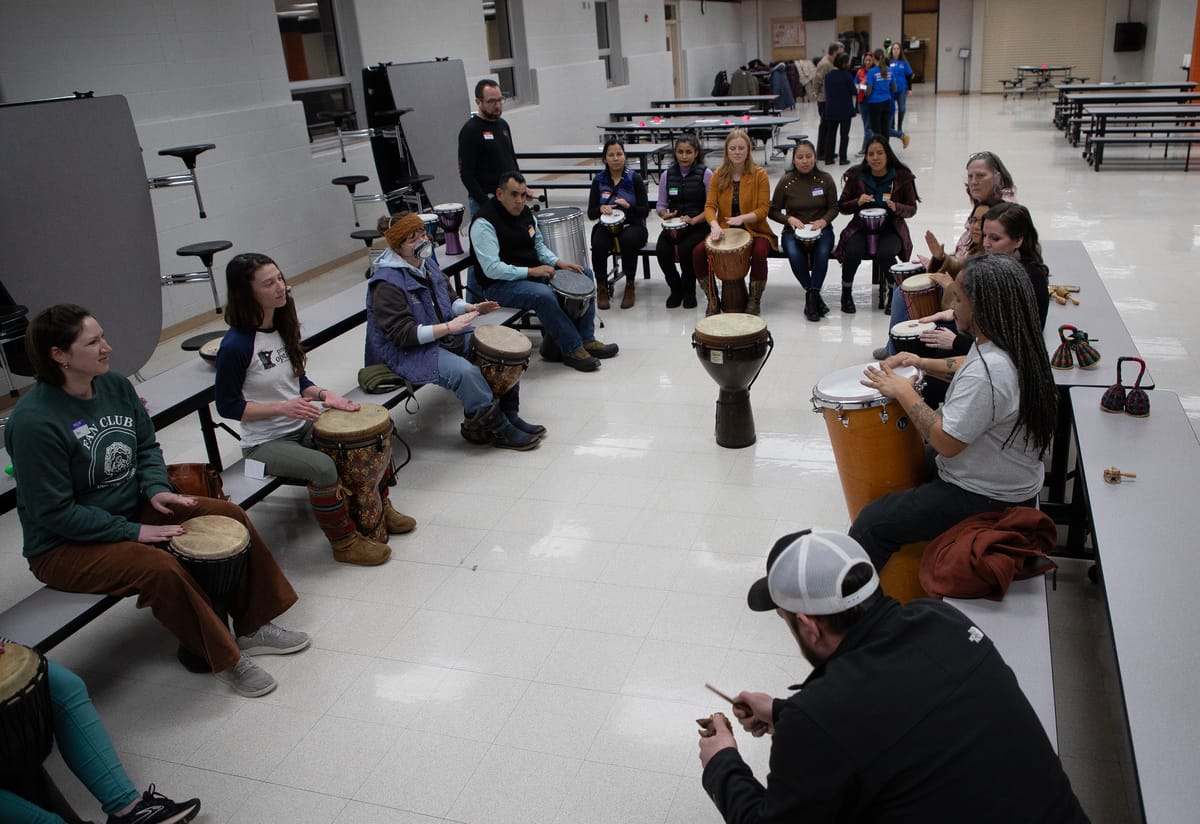
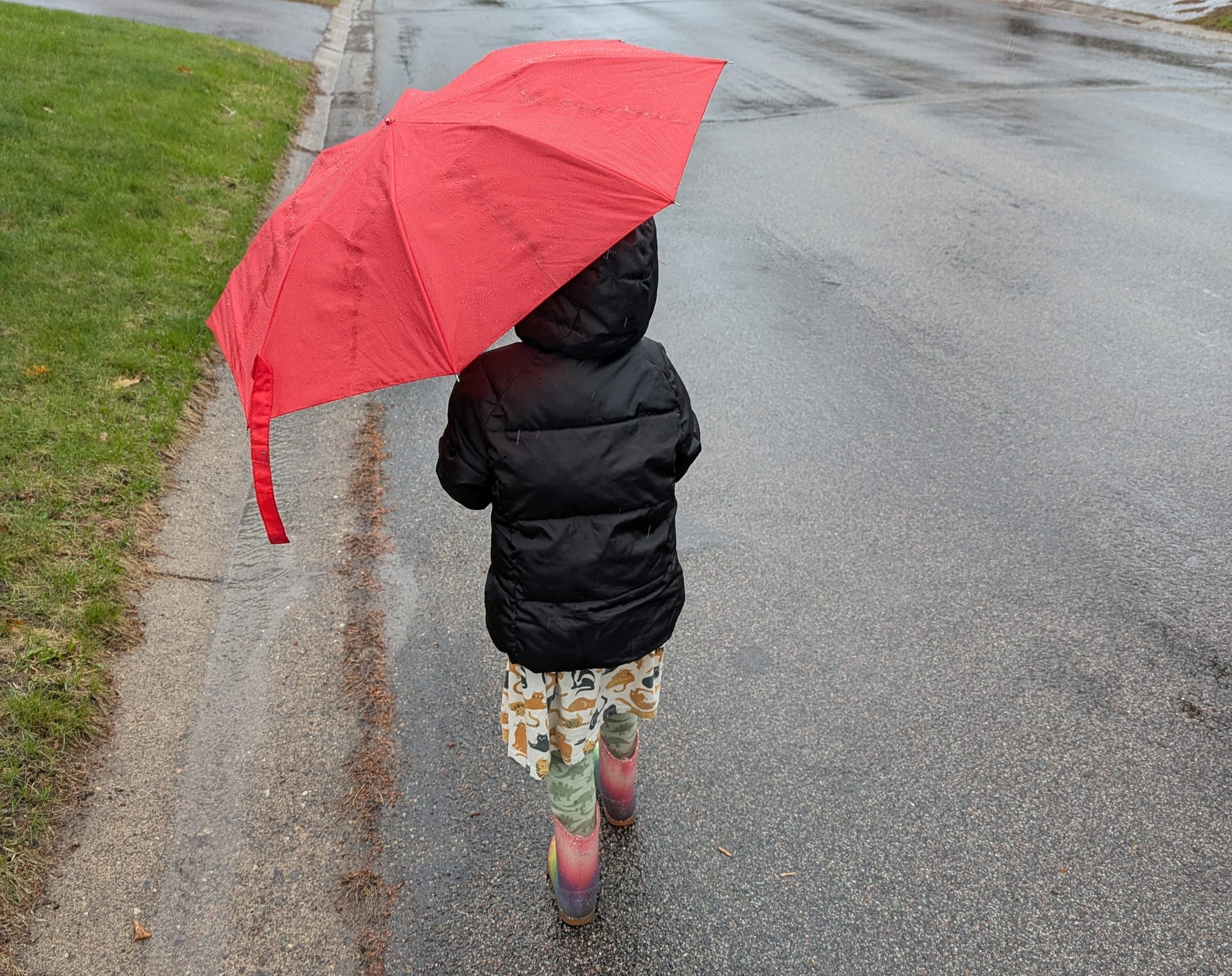
Poems make life insurance fun, right?
By Nora Hertel
Project Optimist
I reviewed my life insurance policy this month. I signed up last year and hated the process. A nurse came to my house. I peed in a cup, stood on a scale, and gave a blood sample. I completed a very personal questionnaire about my migraines, mental illness, and pregnancy; things I don’t enjoy discussing with strangers.
But I didn’t do it for me. I did it for my child, who’s 6 years old now. And I did it for my spouse and anyone else financially impacted if I happen to die young.
I went back and forth about the cost and whether I should get “perm” or term life insurance. I tried to put it off again and again.
 Project OptimistLisa McClintick
Project OptimistLisa McClintick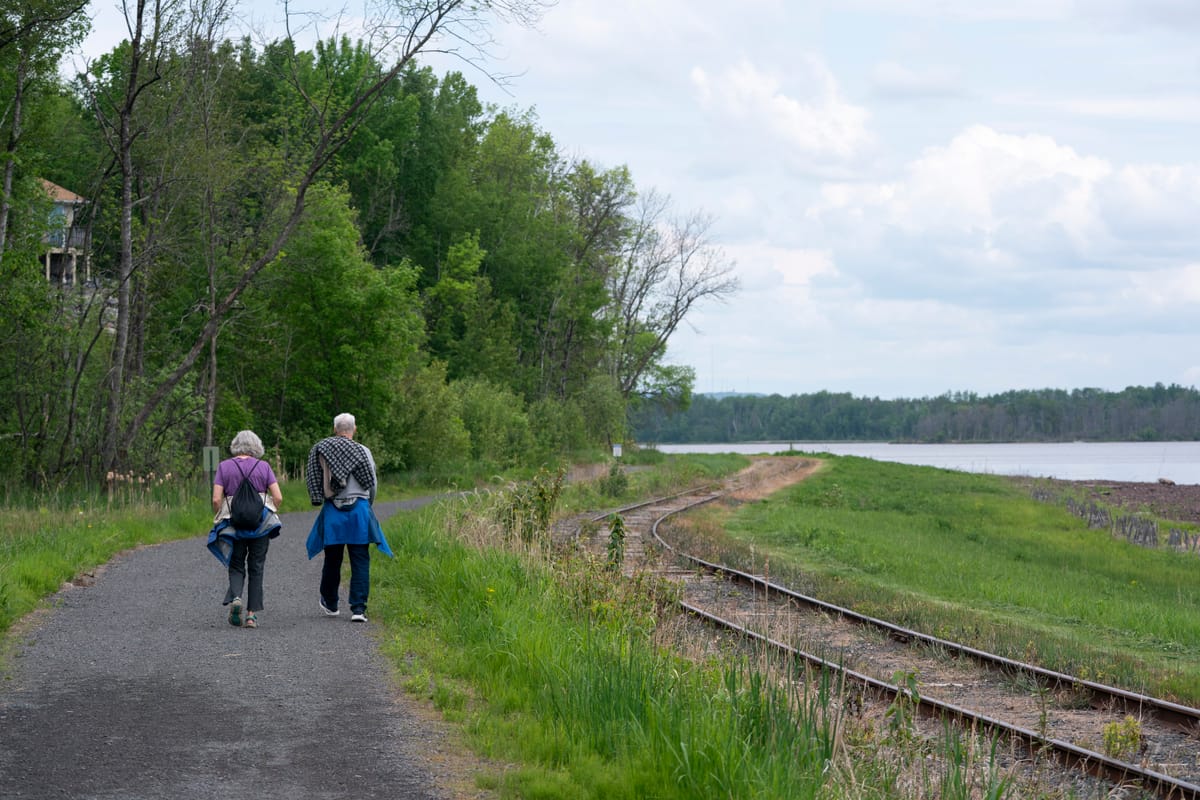
I've had my policy for about a year now, and I hardly remember what it entails. (It’s term coverage up to age 80 with an option to switch to a permanent plan.)
To make it more memorable, and to meet the gauntlet that Erica threw down with her limerick, I wrote a poem.
Mom, at 40, seeks new life insurance,
As she ponders her mortal endurance.
If she dies by 79,
A term plan’s just fine,
To pay family and grant her assurance.
Now there’s also an option called “perm,”
That costs more and lasts longer than term.
The permanent plan,
Does not suit her man.
She’ll start simple, continue to learn.
April 1, 2025
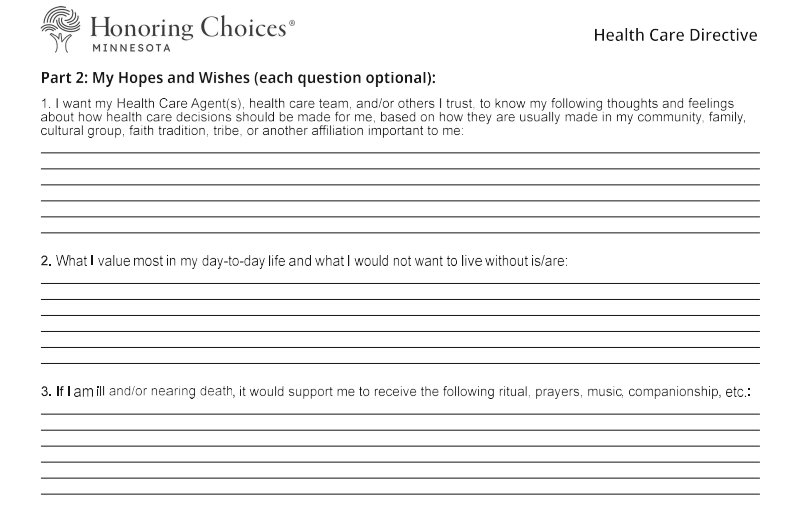
Answer humanity's ultimate question … no pressure!
By Erica Dischino
Project Optimist
I did it.
After much procrastination, I finally filled out my health care directive. The amount of time I spent thinking about the task far outweighed how long it actually took to complete.
Last month, I spoke with my husband, Mack, about what end-of-life care was important to us. This month, all I had to do was fill the directive out. And man, did I drag my feet on this one.
Part of my resistance was having to answer a question in Part 3 of the form, which focused on “My Hopes and Wishes.” In this section, I filled out what I wanted my loved ones to know about “the things that make life most worth living to me.”
 Project OptimistJen Zettel-Vandenhouten
Project OptimistJen Zettel-Vandenhouten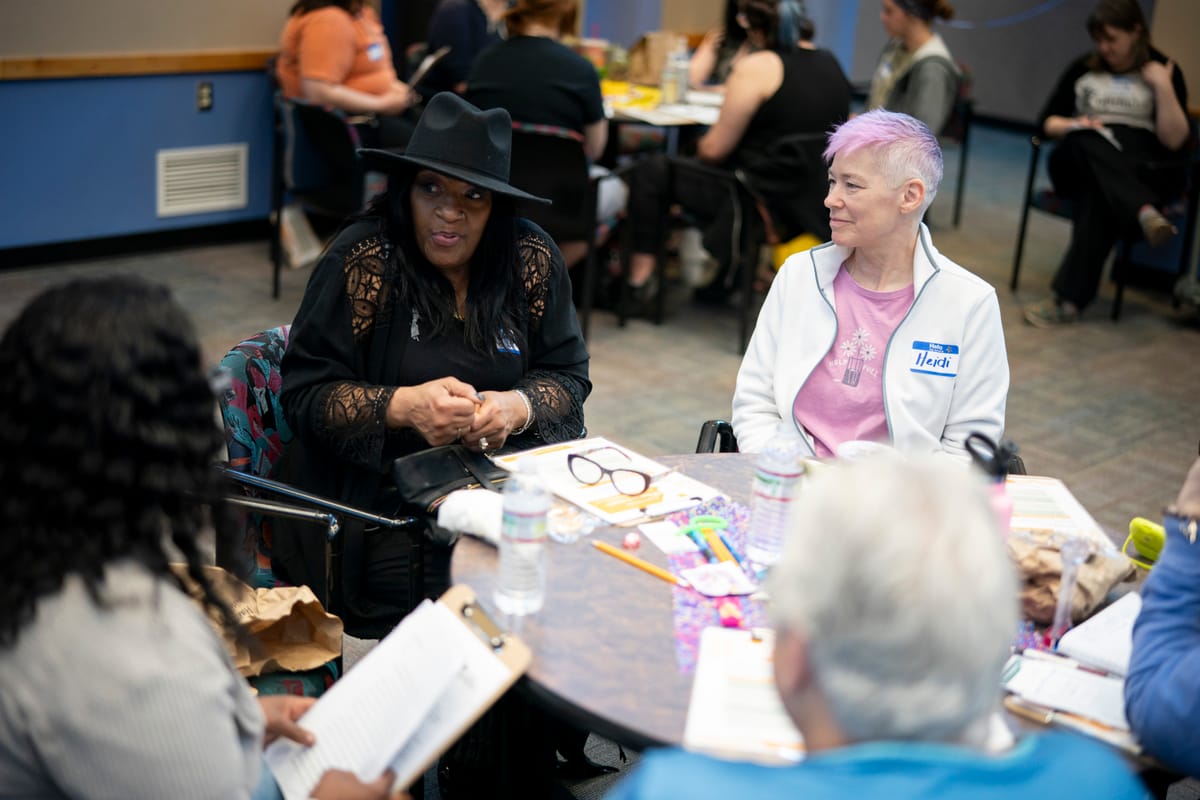
How the heck do you know? I can barely choose a dish to order at a restaurant, much less answer the ultimate question of humanity. The amount of music, art, films, plays, and books that have been created trying to answer this question is insurmountable. Of all the things on the directive, this one made my brain explode a bit.
So, I decided to go simple. No poetry, here. I decided the thing that makes life most worth living to me is my relationships. Which means, it’s important to me that I consciously know who I am and who my fellow loved ones are. This is what felt right to me. At least for now.
I’m not sure if I answered the question correctly, but I’ve hopefully got a while to figure it out.
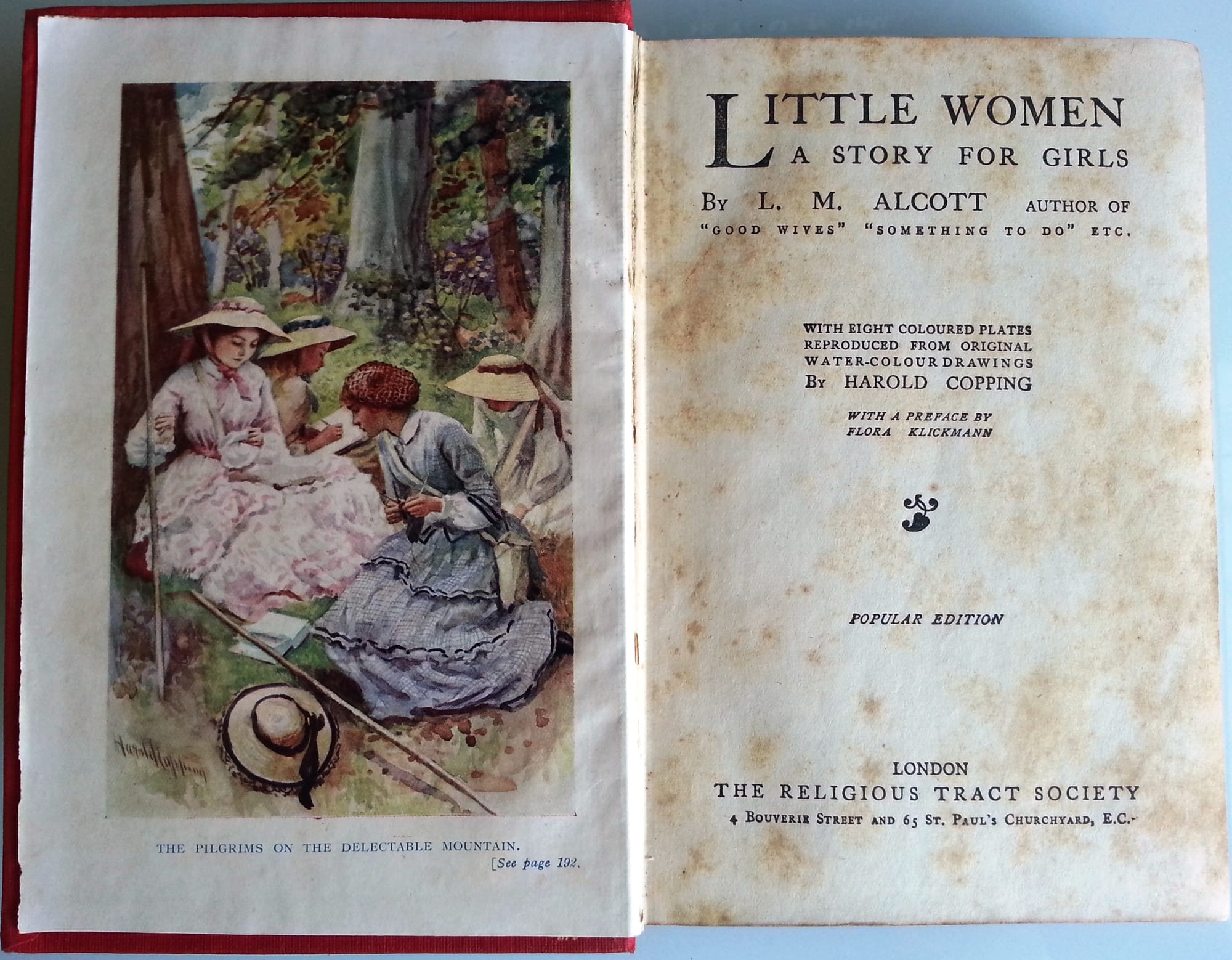
No tears here
By Nora Hertel
Project Optimist
I thought I’d cry my way through this end-of-life project.
I’m a cryer. I recently sobbed through “Little Women.”
But I’ve been laughing (see: February’s update), and sharing in surprising and meaningful conversations.
I asked my spouse to be my health care agent and my sister to be my backup agent. I asked my parents about their plans. After these discussions I feel a new softness where I previously felt tightness in my chest. And a sense of gratitude.
 Project OptimistAndrea V. Duarte-Alonso
Project OptimistAndrea V. Duarte-Alonso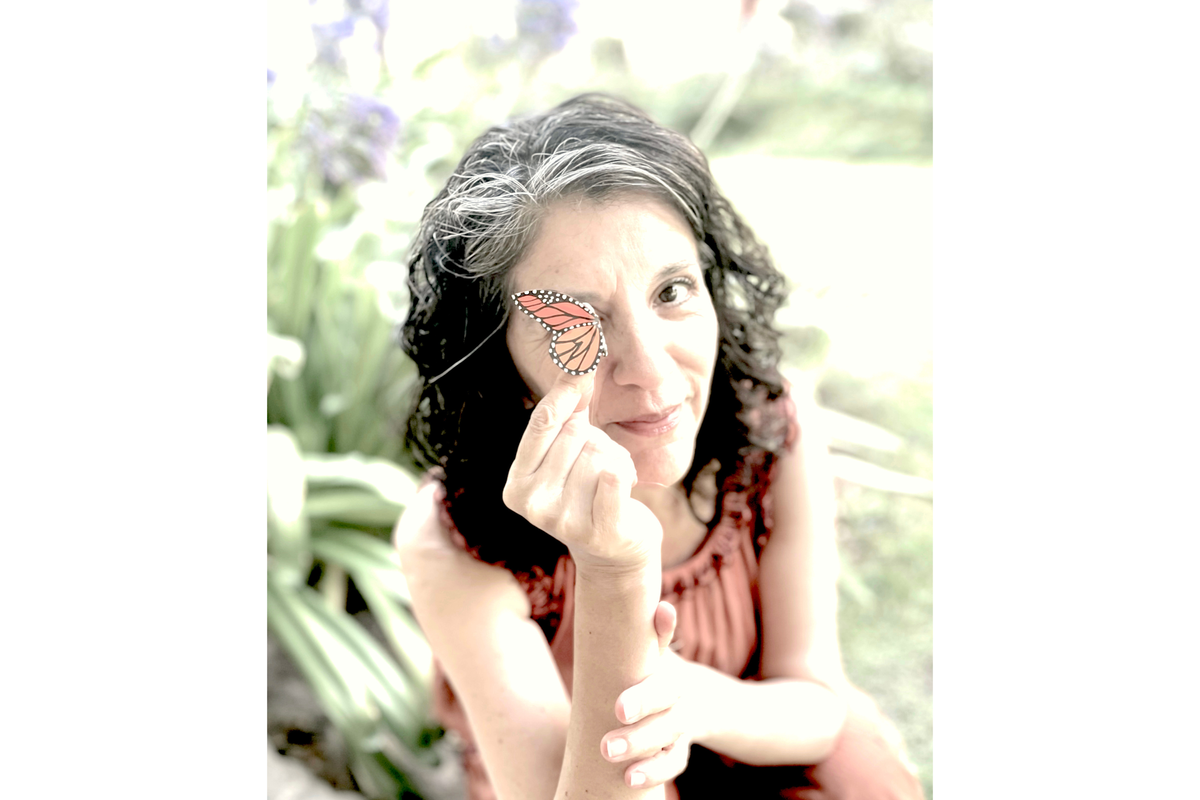
 Project OptimistAndrea V. Duarte-Alonso
Project OptimistAndrea V. Duarte-Alonso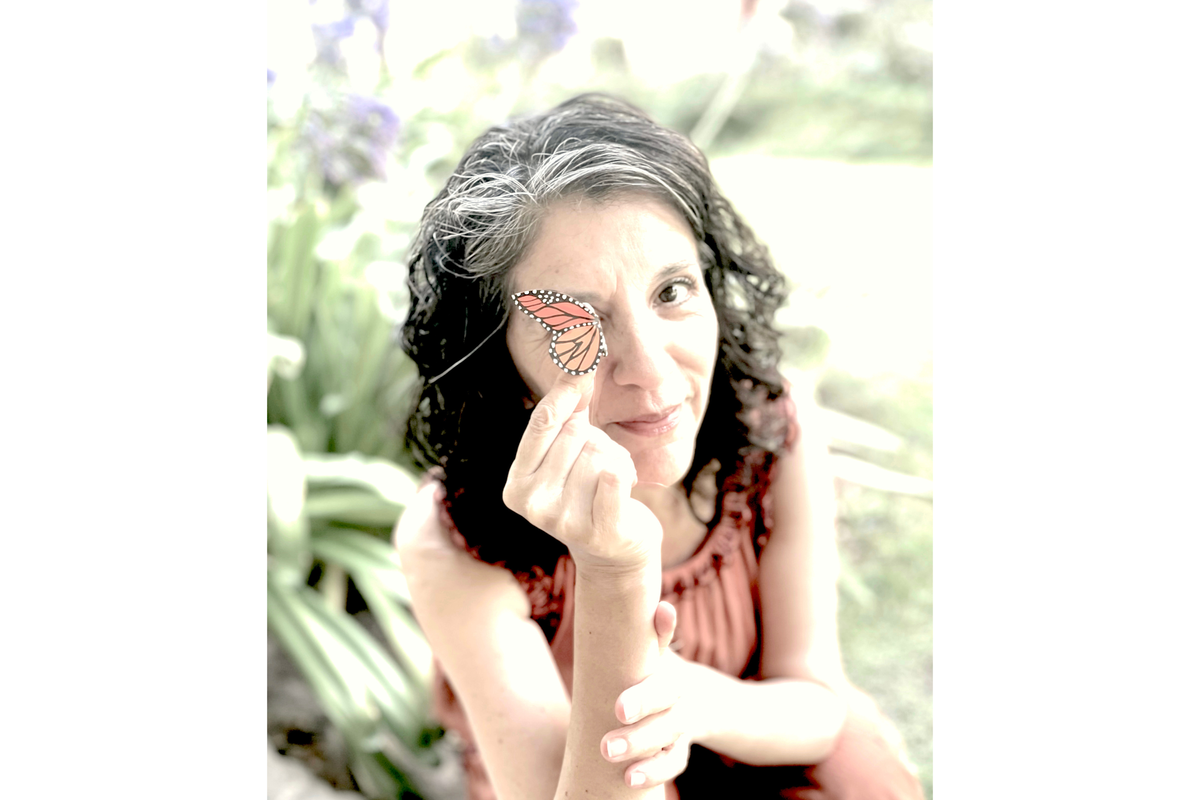
I’ve also talked with two chaplains and a death doula — all people who support people who are dying and their families. These fascinating people aren’t afraid to talk about and experience our most tender, human moments.
We avoid talking about death —or I do —because it’s so tender. But it’s also our most unifying experience. We will all get there. And nearly all of us are afraid to get there. Me too, of course.
In the last three months, as I edited my will and my health care directive, I have found the work to be more gratifying than scary. Softer than I expected.
Have you had conversations with your loved ones about your will or end-of-life wishes? What did you expect? How did it actually go? Let me know: nora@projectoptimist.news.
February 25, 2025
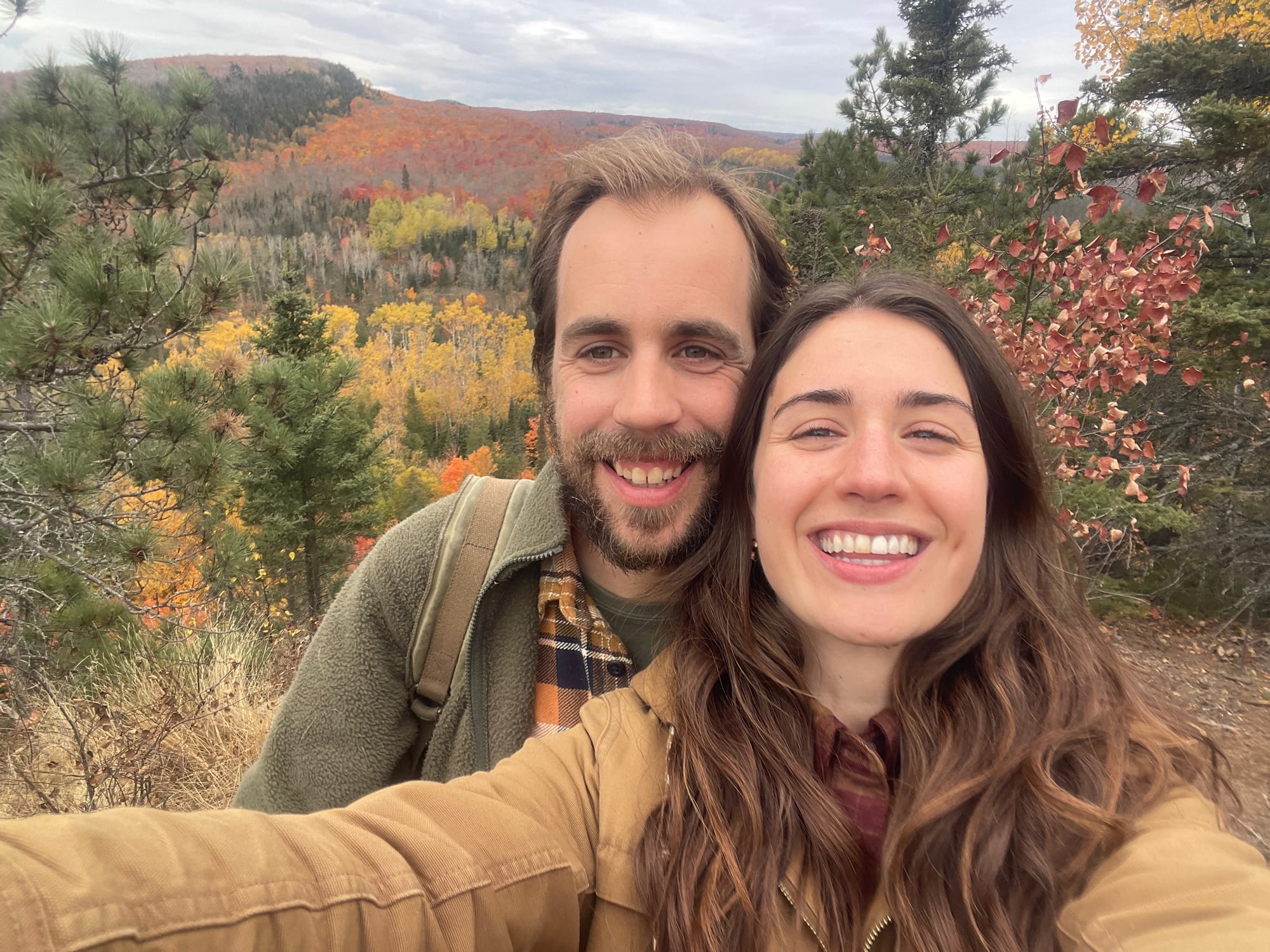
Find humor in the process
By Erica Dischino
Project Optimist
My husband, Mack, wants to be taxidermied when he dies. More specifically, he wants to be stuffed, then passed down as a family heirloom.
When I told him we needed to have a conversation about end-of-life planning, his lips curled into a facetious grin.
“Well, everything I want is illegal,” he said.
We both cackled. Thinking about death is overwhelming. Every decision feels weighted. But really, the only thing we can do is laugh about it.
I pulled out the health care directive I picked up last month from my doctor’s office.
“OK, one more thing before we start,” he said.
He quickly began playing John Prine’s song, “Please Don’t Bury Me.”
We rifled through the health care directive document that discussed CPR, withholding treatment, and autopsies.
John Prine must’ve selected “yes” to organ donation. I could hear his voice singing:
Please don’t bury me
Down in the cold, cold ground.
No, I’d rather have ’em cut me up
And pass me all around.
Throw my brain in a hurricane,
And the blind can have my eyes,
And the deaf can take both of my ears
If they don’t mind the size.
It’s hard for me to imagine the moment when these decisions will have to be made. Odds are Mack will most likely be the one making them (he is my primary health care agent, now). Checking a box for my own body felt daunting. The thought of Mack having to check a box for me felt like a gut punch.
Preparing for the worst is hard, but having guidance and direct communication with my loved ones makes thinking about my end of life a bit easier.
At least I don’t want to be taxidermied.

I want to feed the flowers
By Nora Hertel
Project Optimist
I wrote the first draft of my will this week, and I felt a little weird dictating where I’d like my remains to rest when I die.
I’ve been talking about funerals a lot lately because of this project, and it’s brought up some lively conversation and some big laughs. One acquaintance told me his mother-in-law wants to be cremated on a funeral pyre – Viking style.
My preference is for the greenest option. Something that doesn’t release greenhouse gas emissions.
 Project OptimistNora Hertel
Project OptimistNora Hertel
Years ago I listened to a podcast about human composting from Science Vs and found it incredibly moving (so moving in fact that I’ve even imagined making that my next business venture).
If composting is an option when I die, I’ll take it. If it’s not, I vote for a natural burial. I want to give back to the earth that made me.
And it feels good to say so. Now I know that my family and friends don’t have to guess at what I want for my final send-off.
January 28, 2025
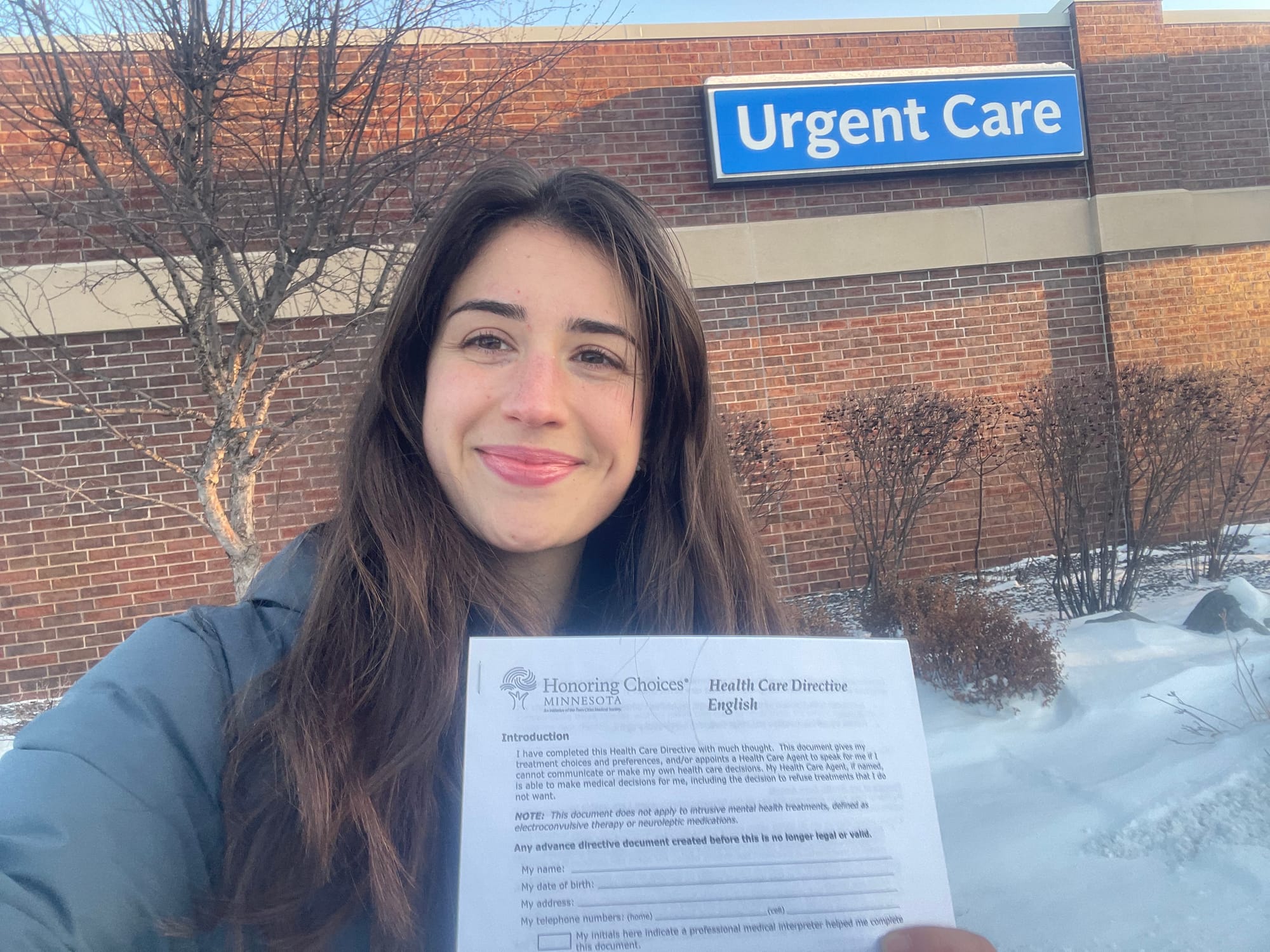
We start this major adulting challenge
By Erica Dischino
Project Optimist
My newsfeed tends to highlight the latest trends in diet, exercise, and wellness routines whenever January comes around. The New Year often brings a flurry of hopeful intentions that eventually results in disappointment.
My resolution is a bit different for 2025. Instead of hoping for the best, I’m planning for the worst. And actually, I feel better because of it.
Currently, I’m establishing an advance directive with my husband, Mack. I’ve got a long way to go, but I’ll move slowly and carefully.
The first step was to head to my local doctor’s office and ask for information.
 Project OptimistJen Zettel-Vandenhouten
Project OptimistJen Zettel-Vandenhouten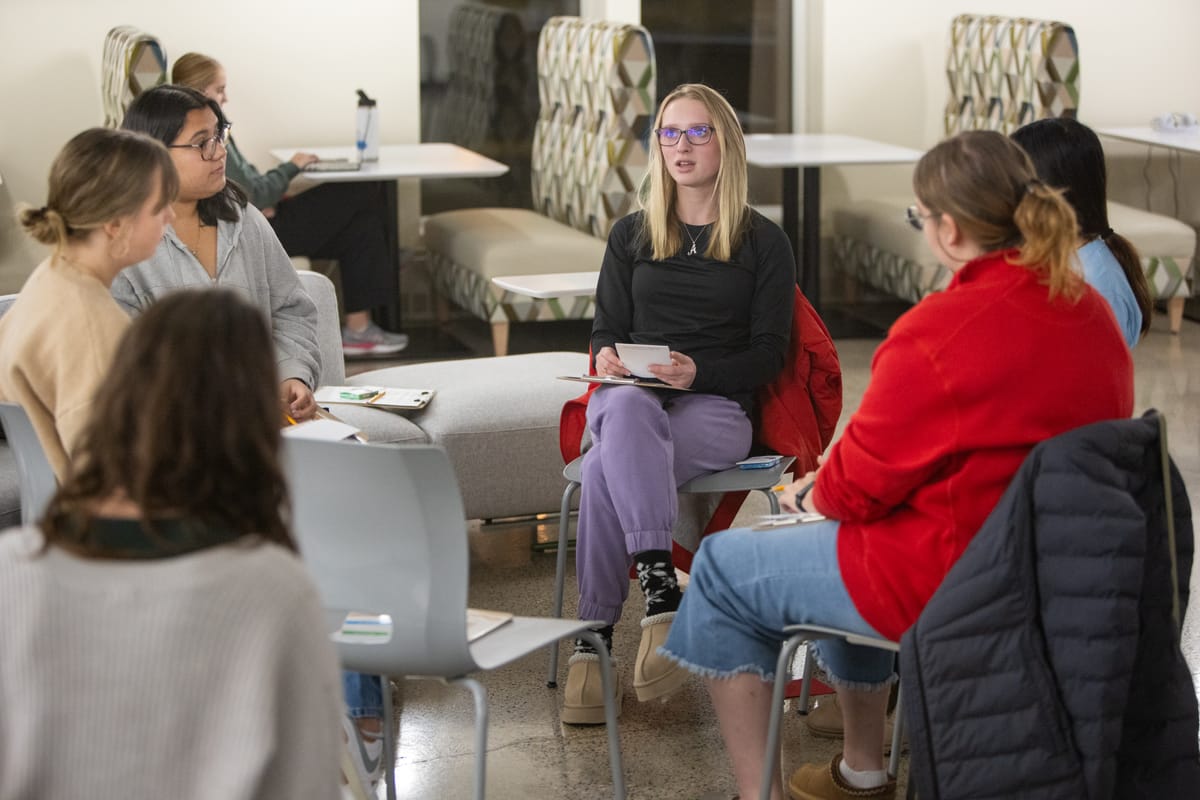
I don’t know what motivates you, but going to the doctor’s office to pick up an advance directive information packet is definitely not something that gets me geared up.
I had to do three things to get myself there:
- Tell the Project Optimist team that I was going. I’m a woman of my word!
- Put a reminder on my calendar.
- Get a treat after. My treat was going to the nearby antique store.
Walking in the doctor’s, I felt a bit self-conscious. Am I too young to be doing this? Looking around the room, no one seemed to notice or care. The person at the front desk gave me a packet and voilà, I had done it.
Next up: discuss the information with Mack.
The best form of self-care is preparing yourself and loved ones for when things go wrong. Peace of mind is the greatest wellness hack. I promise you, you won’t be disappointed.
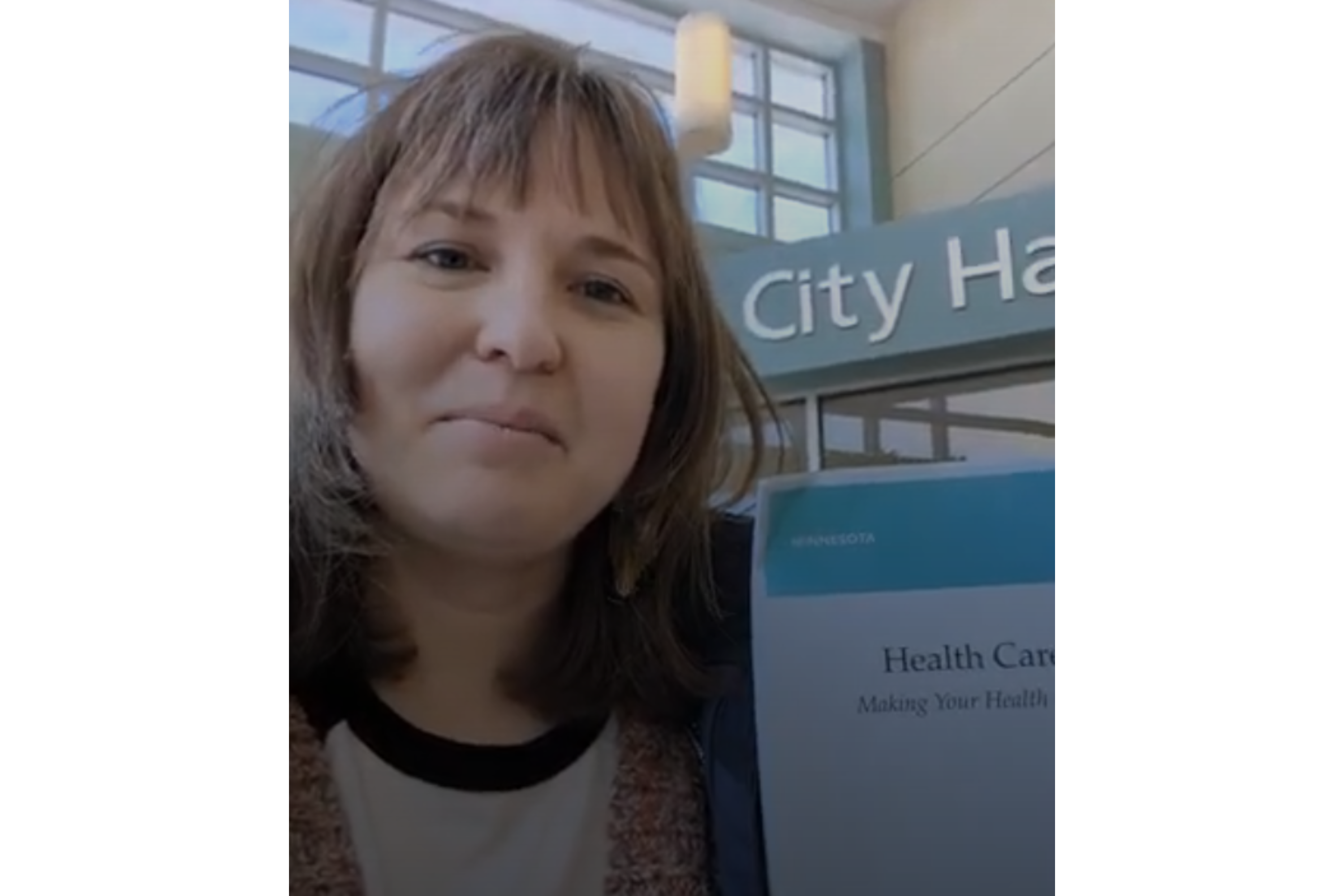
One step down, more to go
By Nora Hertel
Project Optimist
I enter this project with a head start.
I have a legal version of my advance directive that I started and finished THIS MONTH. Proof that it doesn’t require a lot of time or effort.
I had a medical procedure in mid-January that required anesthesia, and the clinic requested my health care directive. I had the form from my doctor’s office. I filled it out over the course of a week. And then I got it notarized at City Hall. Bing, bang, boom.
But it’s not quite right.
 Project OptimistNora Hertel
Project OptimistNora Hertel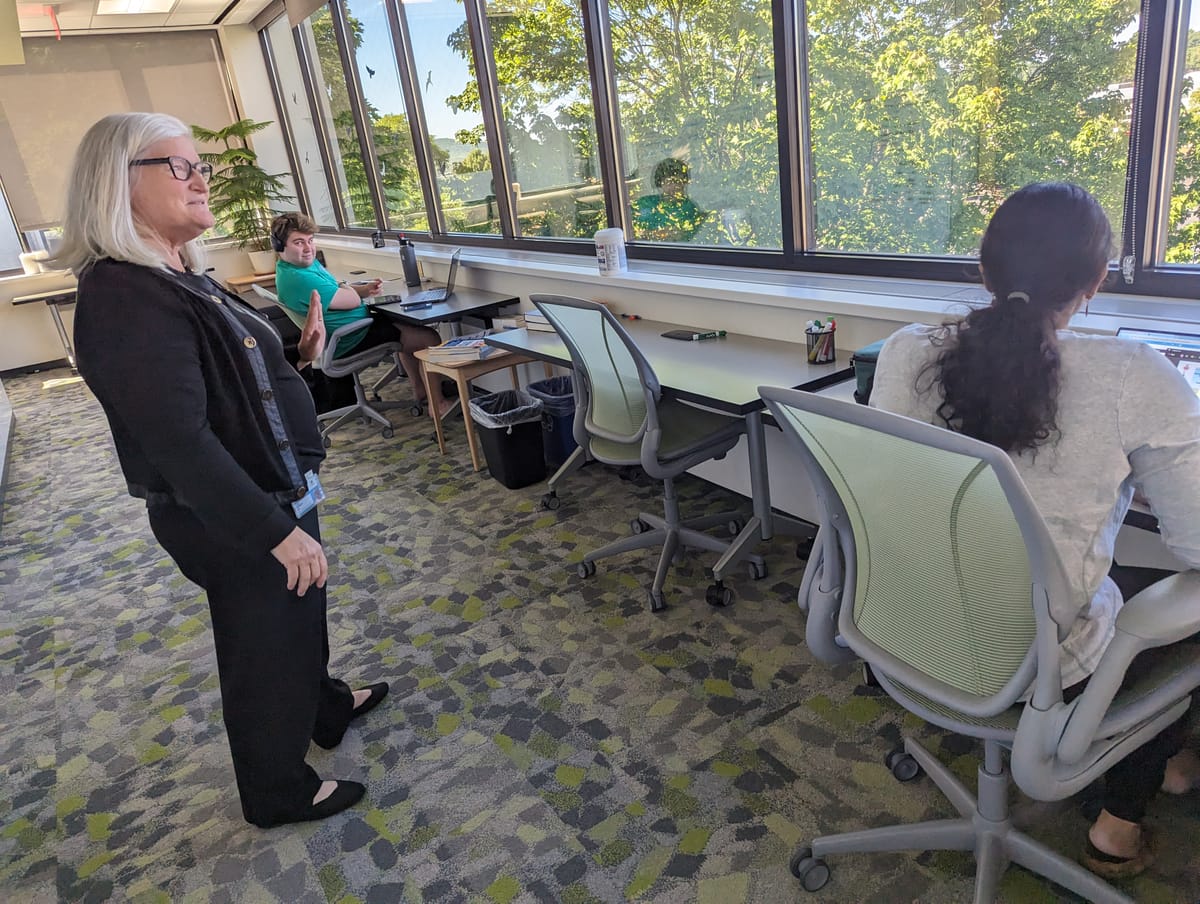
I still need to research what happens when someone is on life support. I’m honestly not sure what I want in that situation. When I think of it, I get flashes of sensational TV news sequences about Terri Schiavo. Yes, I’m a child of the ‘90s, and the controversy around Schaivo’s life support stuck in my mind.
I also want to research more to decide if I’d like to donate my body to science.
Then I need to pluck up the courage to discuss all this with my closest family and friends.
My next steps: Research. Get new advance care directive forms for myself and my spouse, Ben. And discuss the document with him.
These blog posts were edited by Jen Zettel-Vandenhouten.
